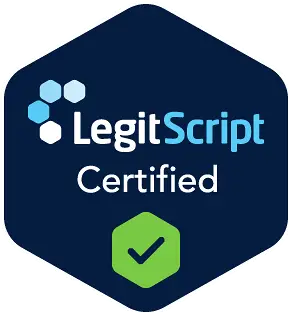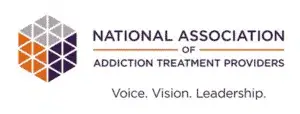
Polysubstance abuse is defined as the use of three or more types of substances to achieve intoxication. Polysubstance abuse is differentiated from other types of substance use disorders by the defining factor of the use of multiple substances to achieve a high rather than abusing one substance.
Diagnosing Polysubstance Abuse
As with any medical or mental health condition, polysubstance abuse diagnosis requires that certain criteria be met. In the most recent version of the Diagnostic and Statistical Manual V, polysubstance abuse disorder as a separate diagnosis was removed. The category of substance use disorder is now a larger category which ranges in severity and intensity.
For polysubstance abuse to be present, an individual must meet general criteria for substance use disorder with the additional factor of using three or more substances to achieve intoxication. General substance use disorder criteria include: increase in tolerance levels, continued use in spite of life consequences, impaired functioning in life, non-successful attempts to quit and experiencing withdrawal symptoms upon abstinence.
Contributing Factors to Polysubstance Abuse
Polysubstance abuse is destructive and pervasive. Some of the contributing factors for polysubstance use can be related to the initial age of use, trauma exposure, predisposition toward addiction due to family history and access to a variety of substances. Additional psychosocial factors such as cultural norms, social anxiety and limited support systems can also influence the likelihood of polysubstance abuse.
This Season, Give Yourself the Gift of a Fresh Start.
Whether you are struggling with addiction, mental health or both, our expert team is here to guide you every step of the way. Don’t wait— reach out today to take the first step toward taking control of your life.
Treatment for Polysubstance Abuse
Often Polysubstance abuse often requires a multi-focused treatment approach. In addition to examining underlying psychosocial factors and co-occurring conditions such as depression or anxiety, the physical aspects of dependence need to be addressed. Medical detoxification from substances is monitored closely by health professionals to ensure the safety and stability of the individual. Sometimes this intensive process requires inpatient admission, depending on the severity of the condition.
Treatment for polysubstance abuse can be life-changing. People who may have felt that they would never be able to maintain a life without drug and alcohol use successfully regained control of their lives through treatment. If you struggle with polysubstance abuse, contact The Recovery Village at Palmer Lake to speak to a representative and learn how personalized treatment can work for you.







